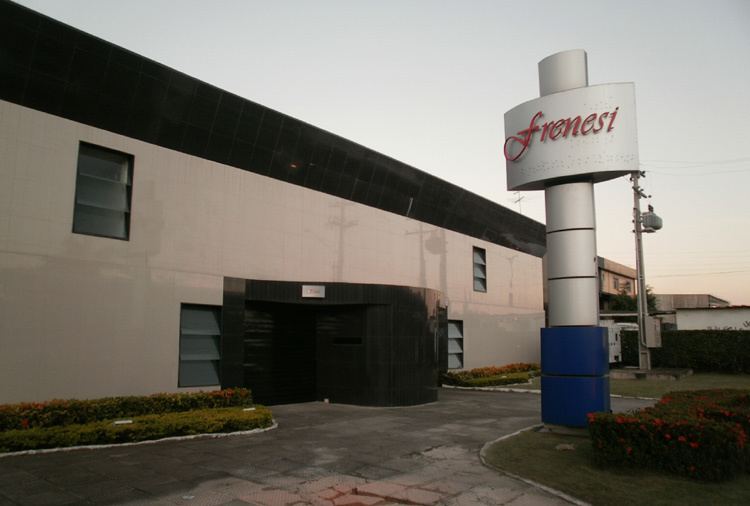 | ||
Caxangá is one of Recife neighborhood on the banks of the Capibaribe River, eleven kilometers from the center of Recife.
Contents
Map of Caxang%C3%A1, Recife - State of Pernambuco, Brazil
Began to be populated by the canon Francisco Pereira Lopes, in the late eighteenth century, when he built a house and a chapel dedicated to St. Francis of Paula there. It is located the Caxangá Golf and Country Club.
Avenida Caxangá
The Caxangá avenue is one of the most important arterial roads of the city of Recife, capital of Pernambuco state, Brazil. It is considered the second longest straight line avenue in Brazil, with totally straight route of about 6.2 km. It was overcome with the construction of Teotônio Segurado Avenue in the capital of Tocantins, Palmas, which has a stretch of 10.2 km in a straight line for a total of 19.7 km. However, Caxangá Avenue remains the longest avenue whose total length is developed in a straight line. The Caxangá Avenue was begun in 1833, and the French engineer Louis Léger Vauthier, in 1843, in a report, enumerated the advantages of roads in Recife.
In 1845 the Caxangá suspension bridge (the first of its kind in Brazil) as completed, which opened the way to the interior of Pernambuco. Formerly known as Estrada do Paudalho, it was also called Estrada de Ambolê . However, it was at the Estado Novo time, in the administration of mayor Novaes Filho, that Caxangá Avenue was paved with cobblestones grouted with cement on concrete, expanded through landfills and protected works (structures such as culverts, bridges, retaining walls necessary for the construction of roads), and was inaugurated on 25 May 1940. In the third administration of Pelopidas Silveira it was again expanded, and in 1966 was inaugurated the construction of a second reinforced concrete lane. After being created the exclusive bus corridor through the middle of the avenue, it has increased its capacity and now part of corridor East-West project.
The Caxangá avenue begins at João Alfredo Square, where is the Sobrado da Madalena, the old mill of Madalena, who gave origin and name to the neighborhood. Then through the neighborhoods Zumbi, Cordeiro, Iputinga, ending in the neighborhood of Caxangá in Caxangá Bridge (Ponte Marechal Castello Branco) on the Capibaribe river. In the neighborhood of Iputinga, it crosses beneath the BR-101, the Viaduct Caxangá, which cuts the city in north-south direction. Currently, with the buildings and the trees, apart from the heavy traffic throughout the day, it is no longer possible to view the extreme. However, until the 1970s, the observer being at the heart of Caxangá bridge, could see perfectly the Sobrado da Madalena, 6 km distant.
